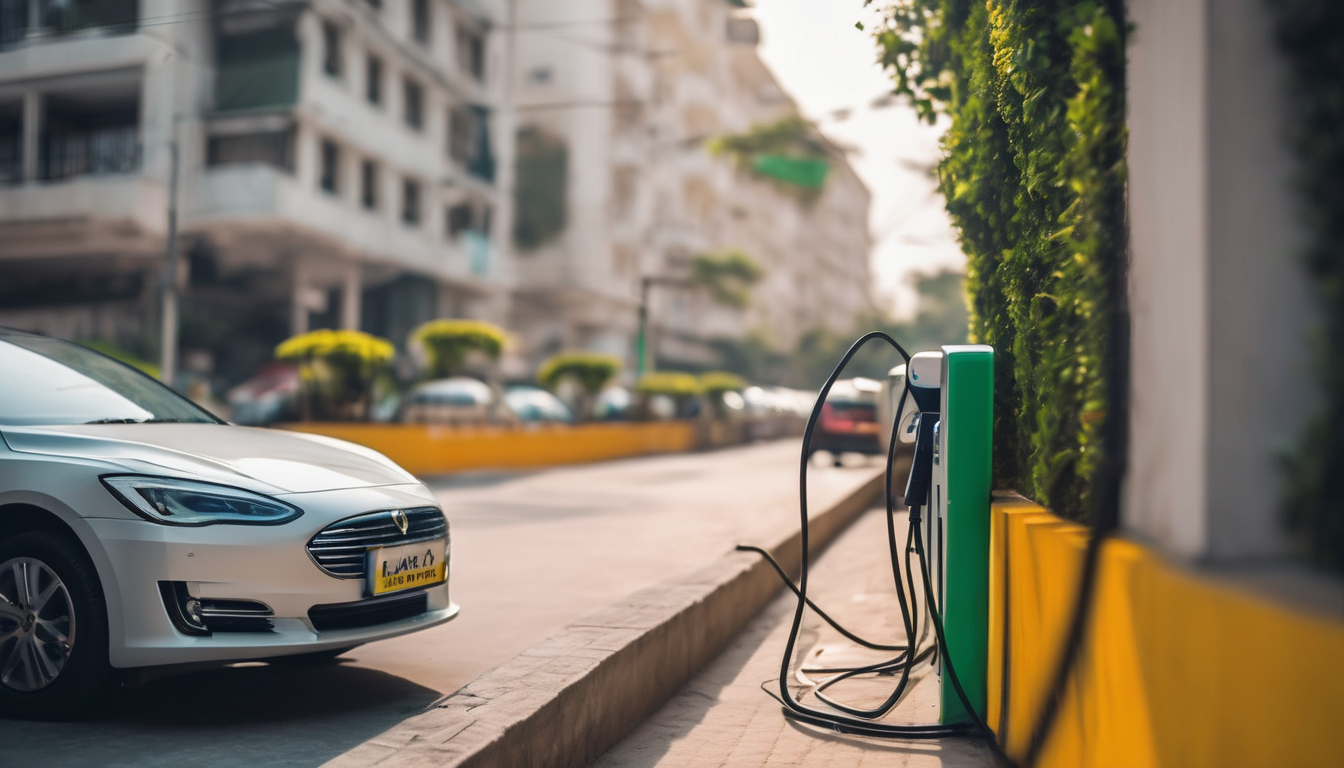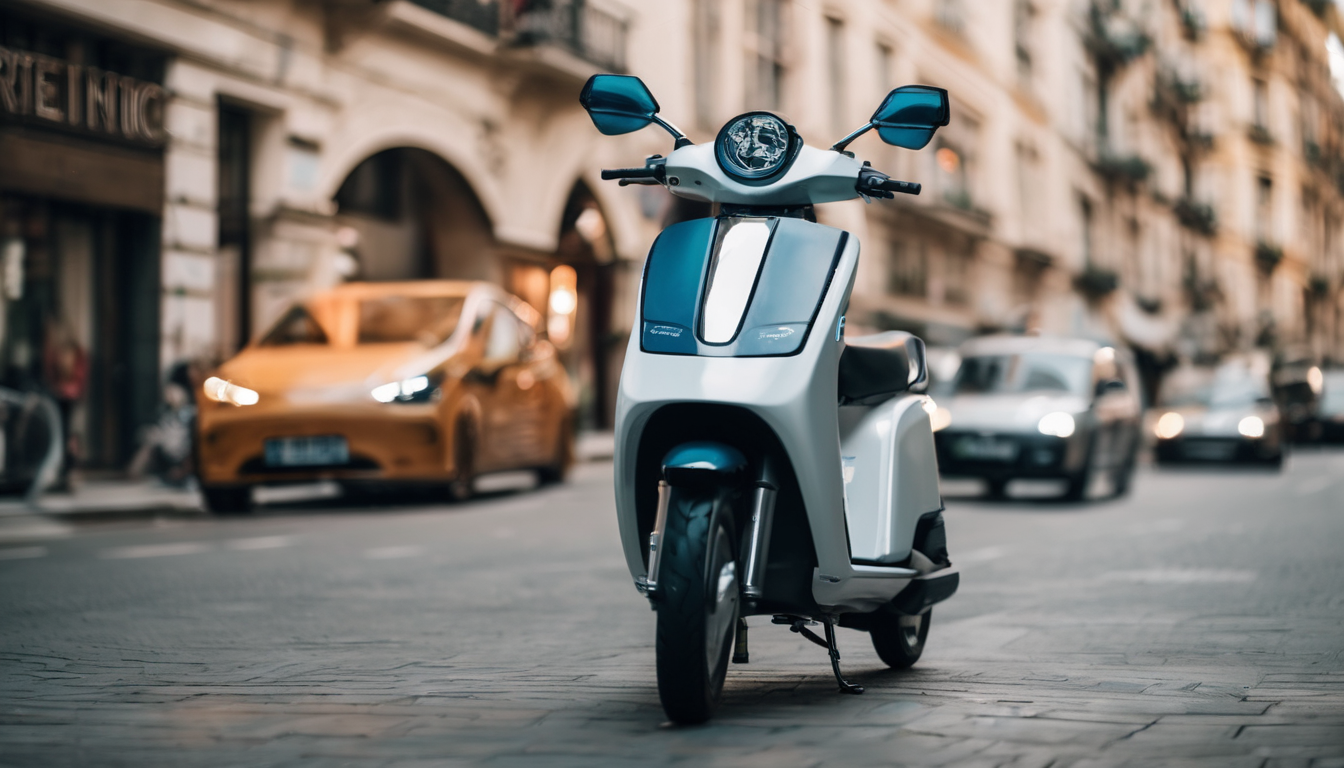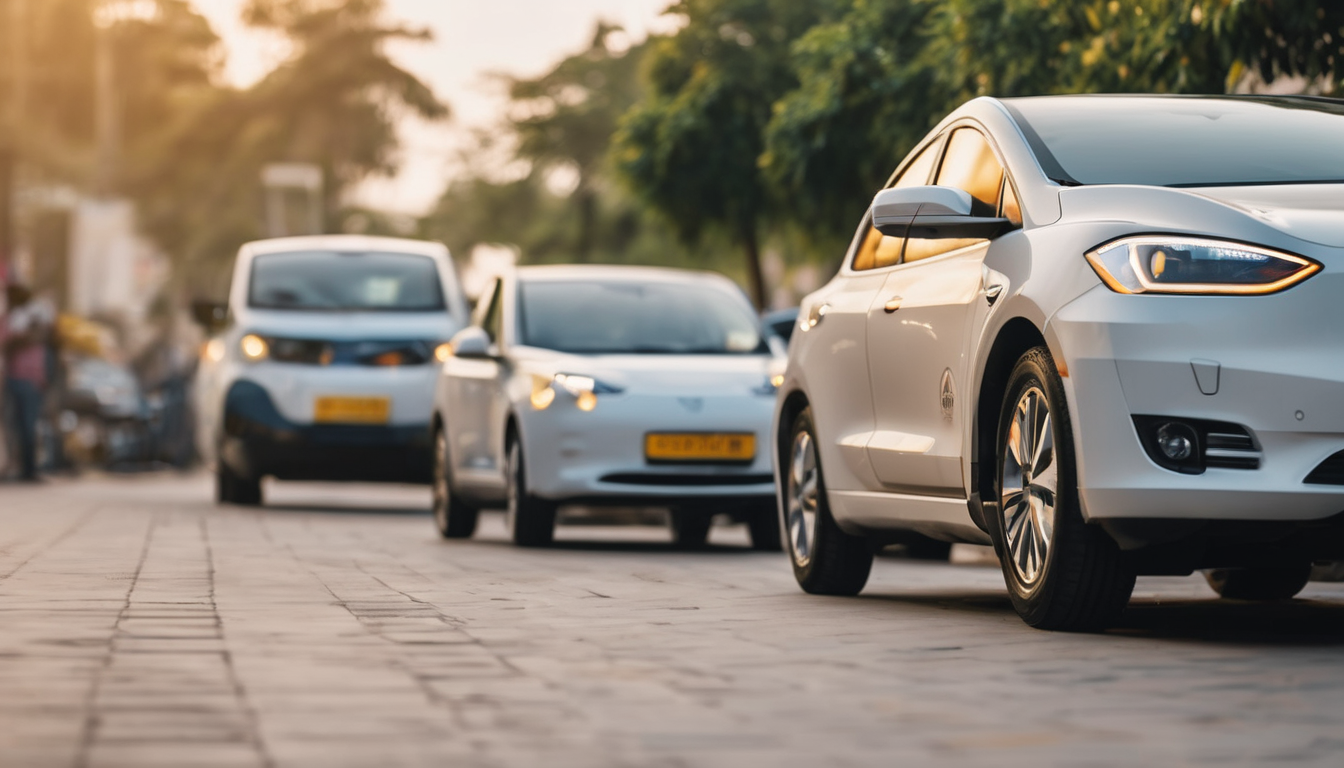The electric vehicle (EV) revolution is reshaping transportation in India, with two significant charging methodologies taking center stage: battery swapping and fast charging. As the Indian government pushes towards a greener future, the debate over which technology will dominate the market is heating up. The unique challenges and opportunities present in the Indian context make this an essential discussion for both consumers and manufacturers alike.
Understanding Battery Swapping
Battery swapping involves replacing a depleted battery with a fully charged one at designated stations. This method is gaining traction due to its potential to reduce downtime significantly. Here are some key benefits of battery swapping:
- Quick Turnaround: Vehicles can be charged in minutes, enhancing convenience for users.
- Reduced Range Anxiety: With battery swapping, users don’t have to worry about charging infrastructure availability.
- Lower Initial Cost: Consumers may avoid the high upfront cost of purchasing an EV battery by opting for a swapping model.
- Lifecycle Management: Battery swapping stations can manage battery health and recycling more effectively.
Challenges of Battery Swapping
Despite its advantages, battery swapping has some hurdles to overcome:
- Infrastructure Development: A robust network of swapping stations needs to be established, which requires significant investment.
- Standardization Issues: Different manufacturers might have incompatible battery designs, complicating the implementation of a universal swapping system.
- Regulatory Hurdles: Navigating government policies and regulations can be challenging for new entrants in the battery swapping market.
The Rise of Fast Charging
Fast charging technology allows EVs to charge at a much quicker rate compared to traditional charging methods. This technology is widely adopted due to its convenience and ease of use.
- Widespread Availability: Fast charging stations can be set up in various locations, including highways, shopping malls, and parking lots.
- Compatibility: Many EV models are designed to handle fast charging, making it a versatile option for different vehicles.
- Consumer Familiarity: Fast charging resembles traditional refueling, making it easier for consumers to adapt.
Challenges of Fast Charging
While fast charging is convenient, it does come with challenges:
- Charging Time: Even the fastest charging stations take time, usually around 30 minutes to an hour, which can still be inconvenient for some users.
- Battery Degradation: Frequent fast charging can potentially degrade battery life over time.
- High Infrastructure Costs: Setting up fast charging stations requires a substantial investment in technology and infrastructure.
Comparative Analysis: Battery Swapping vs. Fast Charging
Both battery swapping and fast charging have their merits and drawbacks. Here’s a quick comparison:
| Feature | Battery Swapping | Fast Charging |
|---|---|---|
| Charging Time | Minutes | 30 minutes to 1 hour |
| Infrastructure Costs | High (for swapping stations) | Moderate (for charging stations) |
| Consumer Adoption | Growing | High |
| Battery Ownership | No ownership | Full ownership |
The Future of EV Charging in India
With the Indian EV market set to grow exponentially, the choice between battery swapping and fast charging will significantly impact its trajectory. The government is implementing various policies to support both methodologies, including financial incentives and infrastructure development.
According to the Times of India, new policies are focusing on enhancing charging infrastructure, which will play a pivotal role in determining the success of these technologies.
Investment Opportunities
As the demand for EVs rises, investment opportunities in battery technology and charging infrastructure are becoming increasingly attractive. For instance, companies focusing on developing efficient battery management systems and advanced charging technologies are likely to see substantial growth.
Consumer Preferences
Ultimately, consumer preferences will dictate the future landscape of EV charging in India. Factors such as convenience, cost, and efficiency will heavily influence whether battery swapping or fast charging becomes the preferred choice. As consumers become more educated about EV technologies, they will drive demand for the most viable solutions.
Conclusion
The debate between battery swapping and fast charging is crucial for the future of electric vehicles in India. Each technology offers unique benefits and challenges, and the right choice may depend on various factors including consumer preferences, technological advancements, and government policies. As the ecosystem evolves, it is essential for stakeholders—manufacturers, policymakers, and consumers—to stay informed and engaged.
Are you ready to embrace the electric future? Explore the best budget electric cars or discover how Tata is revolutionizing the EV market in India. The choice is yours, and the time to act is now!
FAQ
1. What is battery swapping?
Battery swapping is a method where a depleted battery is replaced with a fully charged one at a swapping station, allowing for quick turnaround times.
2. How does fast charging work?
Fast charging provides a quicker way to recharge electric vehicle batteries, typically taking around 30 minutes to an hour to reach significant charge levels.
3. Which option is better for consumers?
It depends on individual preferences. Battery swapping offers speed and convenience, while fast charging provides ownership and potentially better battery management.
4. Are there any government incentives for EV charging infrastructure?
Yes, the Indian government has introduced various policies and incentives aimed at enhancing EV charging infrastructure to encourage adoption.
5. Will consumer preferences impact the adoption of these technologies?
Absolutely! Consumer preferences will play a critical role in determining which charging method becomes more prevalent in the market.






